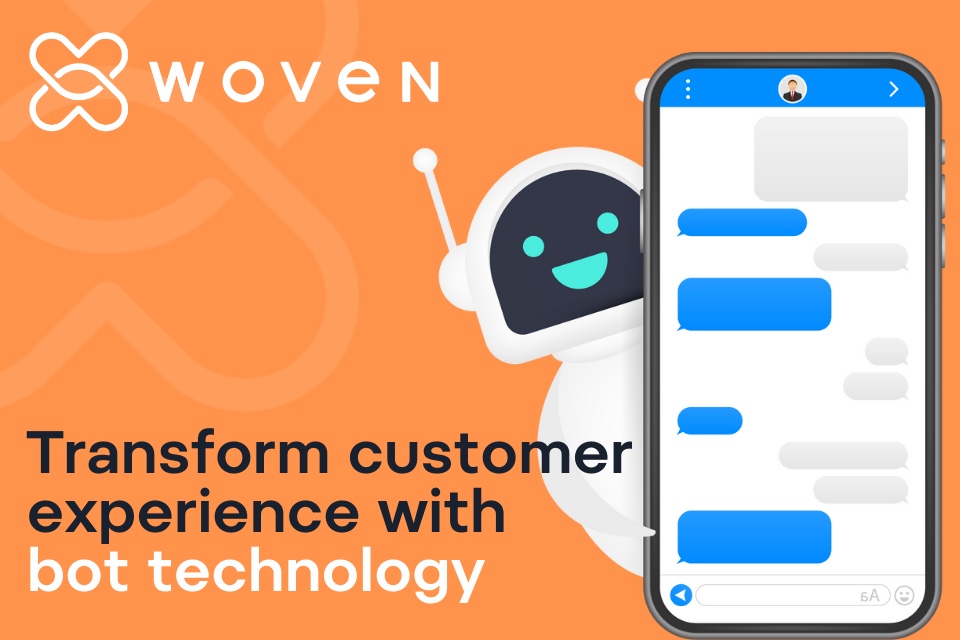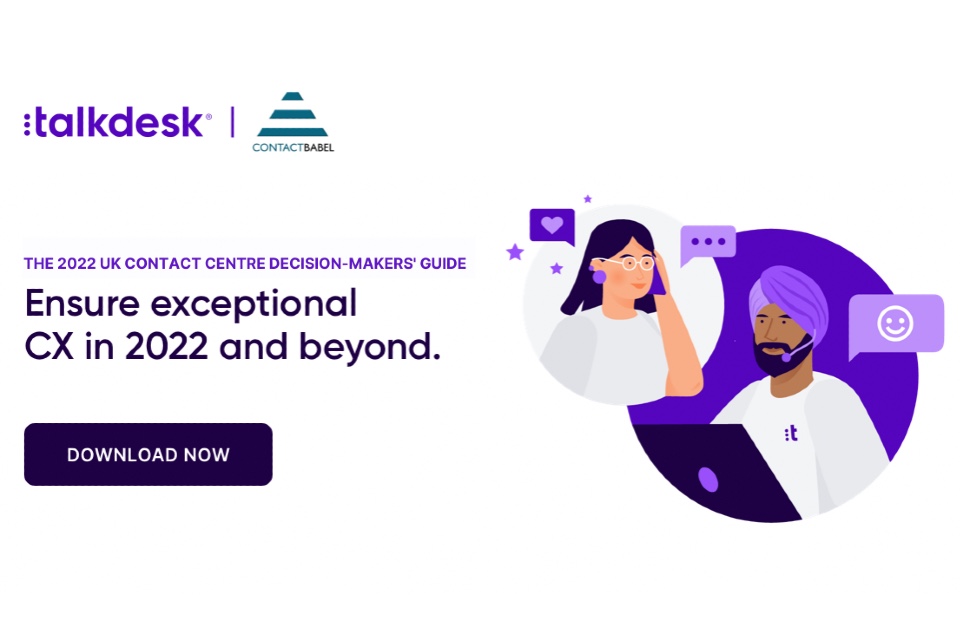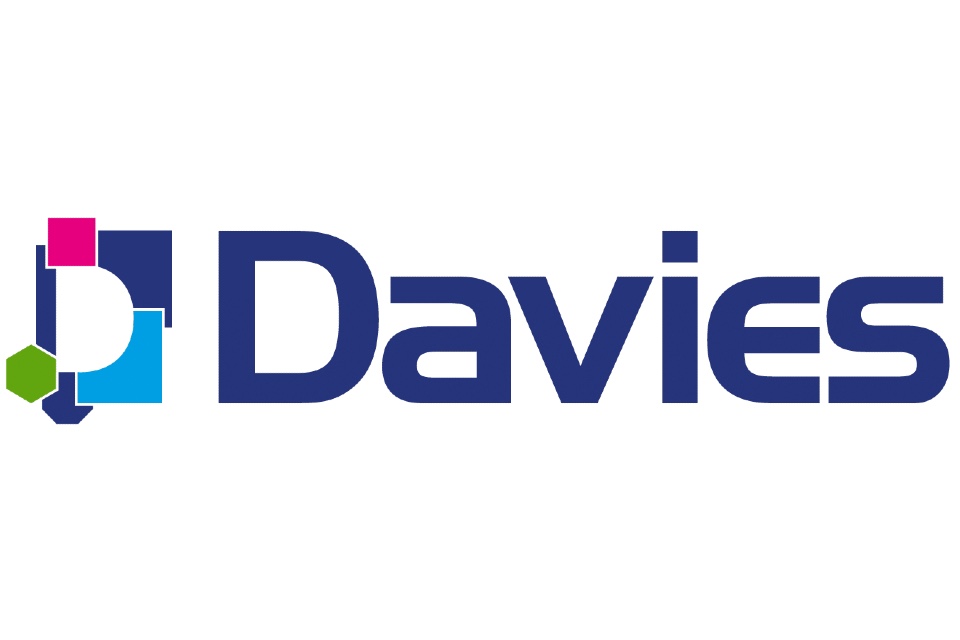Getting to know you: Paula Constant, Woven CEO
https://contactcentresummit.co.uk/wp-content/uploads/2022/08/Paul-Constant-Woven.jpg 960 640 Stuart O'Brien Stuart O'Brien https://secure.gravatar.com/avatar/81af0597d5c9bfe2231f1397b411745a?s=96&d=mm&r=gWith a creative workforce, tech know-how and a bespoke approach, Woven is transforming customer-services. We caught up with CEO Paula Constant to find out more about the secrets of the company’s success…
Woven is on a mission to deliver excellent customer service. They provide a range of premium companies with bespoke people- and technology led customer experiences, from chatbots and social media monitoring to video shopping and crisis-response techniques.
Under CEO Paula Constant, who joined in 2020, Woven’s profits have increased by 70 per cent in 18 months, with robotic automation rates for more than 90% of customer transactions.
Paula has achieved this through innovative technology and an inspiring, collaborative ‘people programme’. “I have built a leadership team who quite simply want to make a huge difference to the experience of working in a customer contact centre,” says Paula. “We want to think radically differently about every aspect of their role as a ‘professional communicator’. The job is intense, with our staff handling 90 customer contacts in one day.”
Prior to Woven, Paula had worked in banking and telecommunications, and in 2016 won a Leader Award from FDM Everywoman in Technology. She has earned renown for galvanizing large workforces to get behind huge shifts in customer experience and automation. She attributes her success to a gritty working-class upbringing. “I am the daughter of a single-parent nurse who gave up her dream of becoming a doctor to raise two girls. She encouraged such incredible self-belief. She devoted herself to a life of service, selflessly.” Having two young sons, Paula believes that role modelling leadership in work and in the community is a critical part of being a parent.
As Woven grows, Paula is bringing her holistic approach to new territories. The company is acquiring overseas to expand into the Asian and US markets, while improving the lives of hundreds of locals. “We are still a good size to be able to wrap ourselves around our customers and provide personalised service,” she says. “We want to ensure that, as we expand, we maintain that level of personal attention and customer innovation, both to our clients and our workforce.”









